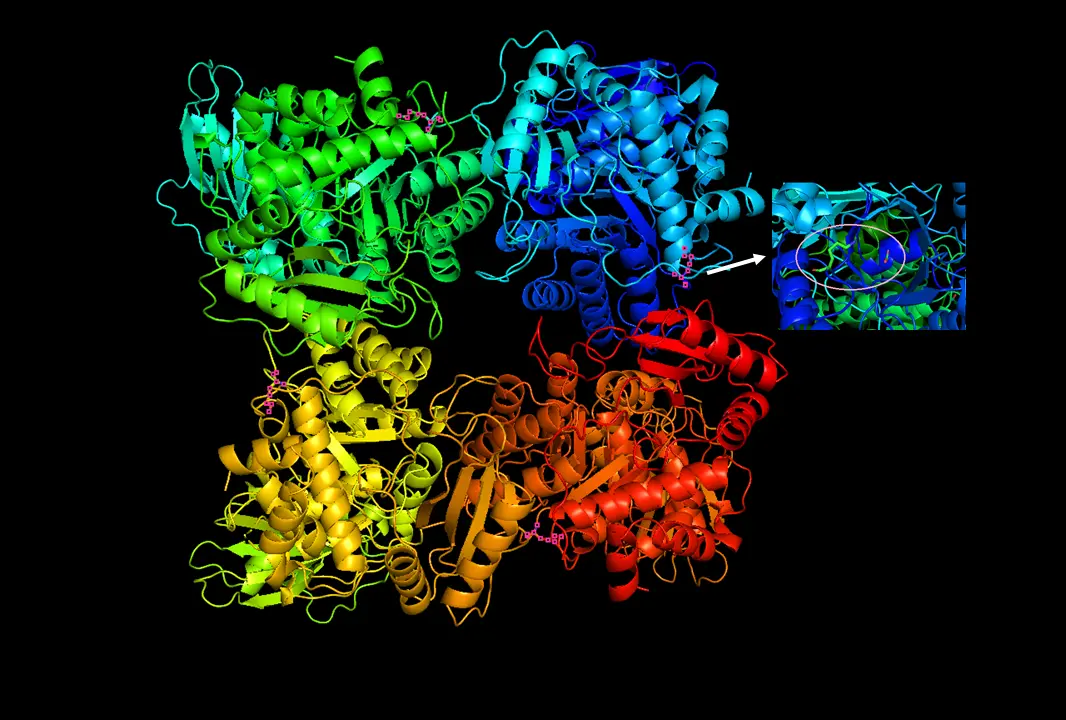

Sticky, Silky, and Danger Syrup! Sounds like a cool lab.
A very old enzyme. Still fixing inorganic carbon in the biosphere through yet another mass extinction. Still grabbing the wrong molecule on occasion. Anyway, here are some more phosphoglycerates.
Kill your lawn, grow a garden. As you do this, look within and do the same.


Sticky, Silky, and Danger Syrup! Sounds like a cool lab.


Oh WOW!
That’s…something else entirely.
So violent! Yet also subtle and quiet.
Yields immediate visceral reactions.
The entire instrument is so thoroughly explored.
How does one remember such a piece?
Or keep the original bow and strings to the end?
Striking. Marvelous. Beautiful. I’m all for it.
An amendment of something conjured by it:
It’s not safe out here. It’s wonderous; with
treasuresvibrations to satiate desires both subtle and gross, but it’s not for the timid.


TIL. Thank you!
but the piece that truly brought him to international attention was Threnody to the Victims of Hiroshima (see threnody and atomic bombing of Hiroshima), written in 1960 for 52 string instruments. In it, he makes use of extended instrumental techniques (for example, playing behind the bridge, bowing on the tailpiece).
Looks like iron sulfide, pyrite, and greigite in this case.
Highlights from this rabbit hole: “imbricating chitinous sclerites” and “conchiolin”.
https://www.marinebio.org/species/scaly-foot-snails/chrysomallon-squamiferum/
https://www.nature.com/articles/s41467-020-15522-3
https://academic.oup.com/biolinnean/article-abstract/114/4/949/2415936
Ceratocaryum argenteum
https://www.inaturalist.org/taxa/581940-Ceratocaryum-argenteum
Faecal mimicry by seeds ensures dispersal by dung beetles
https://www.researchgate.net/profile/Gary-Bronner/publication/282618768_Faecal_mimicry_by_seeds_ensures_dispersal_by_dung_beetles/links/569a066408ae6169e5532ca2/Faecal-mimicry-by-seeds-ensures-dispersal-by-dung-beetles.pdf
DOI: 10.1038/nplants.2015.141
Mitch Hedberg: Where the fuck you get that banana telophase cucumber at?
Yeeahh!


o7 Thank you!


Ahhh, thank you.


Unfortunately, Sci-Hub doesn’t have the requested document:
10.1038/s41562-024-02067-4
Rats! Anybody got a pdf?
There is a small wormy parasite (Plasmodium falciparum) that attacks our red blood cells (RBCs).
It turns out that people with mutant and half-mutant RBCs are less likely to be attacked by the parasite.
Also, the RBCs of the mutant variety are more likely to be cleared by white blood cells than those that are non-mutants.
Full-blown (homozygous) mutant RBCs kinda suck at their day jobs though. Whereas half-mutant (heterzygous) RBCs are still mostly functional by comparison.
So being a little weird, but not totally weird, gives an advantage over normies (wild-type) when the RBC parasite is common.
Were there no parasite around, the advantage would go to the non-mutant RBCs because they do their job best. Their downside is being easy targets.
“Those are some good-lookin helices you have there. Wanna come back to mine and try out some novel ways to fold?”
Completely understandable. It’s a lovely neighborhood; everyone collaborates, natural lighting nearly everywhere, and there is a convenient arrangement worked out with the larger surrounding community. Haven’t looked back since I moved in.